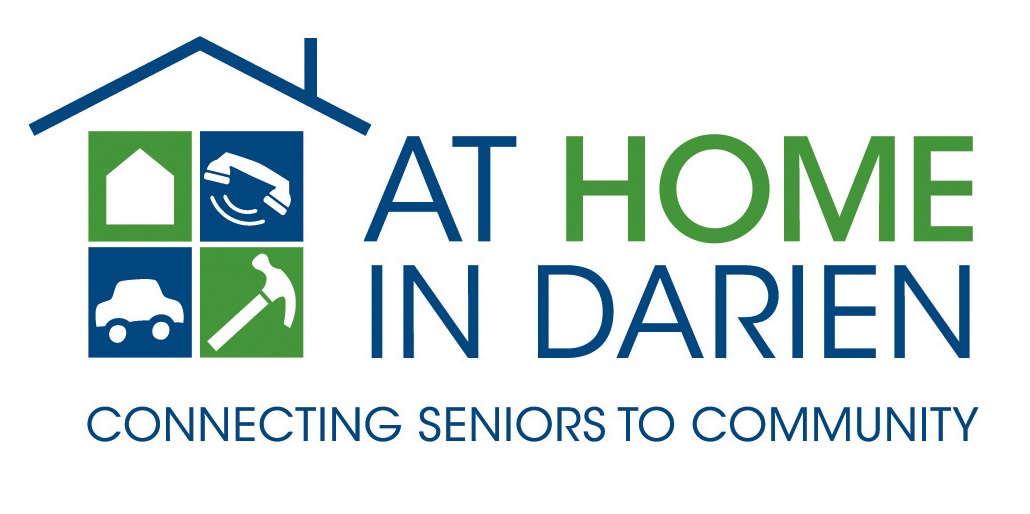As summer arrives with its warmth and sunny days, it brings along a less welcome companion: extreme heat. While many enjoy the opportunity to bask in the sun and engage in outdoor activities, it’s crucial to recognize the potential dangers that come with soaring temperatures. From heat strokes to dehydration, understanding these risks is essential for staying safe and healthy during the hottest months of the year.
The Heat’s Toll: Health Risks in Summer
- Heat Stroke: One of the most serious consequences of extreme heat is heat stroke. This occurs when the body’s temperature regulation system fails, and the core body temperature rises to dangerous levels (often above 104°F or 40°C). Heat stroke can be life-threatening if not treated promptly. Symptoms include confusion, rapid heartbeat, hot and dry skin, and unconsciousness. Immediate medical attention is required if someone shows signs of heat stroke.
- Heat Exhaustion: Heat exhaustion is another common heat-related illness characterized by heavy sweating, weakness, dizziness, nausea, and headache. If left untreated, heat exhaustion can progress to the more dangerous heat stroke. It’s important to move to a cooler place, rest, and hydrate if experiencing any of these symptoms.
- Dehydration: In hot weather, our bodies lose water more rapidly through sweat, leading to dehydration if fluids are not replenished adequately. Symptoms of dehydration include dry mouth, thirst, dark urine, fatigue, and headache. Severe dehydration can be dangerous, particularly for children and older adults.
- Heat Cramps: Heat cramps are painful muscle spasms that typically occur during intense exercise in hot environments. They are caused by electrolyte imbalances due to excessive sweating. Resting in a cool place and drinking electrolyte-rich fluids can help alleviate heat cramps.
- Sunburn: Prolonged exposure to the sun without protection can cause sunburn, which is not only painful but also increases the risk of skin cancer in the long term. Using sunscreen with a high SPF, wearing protective clothing, and seeking shade during peak sun hours are effective ways to prevent sunburn.
Protecting Yourself from Extreme Heat
- Stay Hydrated: Drink plenty of good liquids throughout the day, even if you don’t feel thirsty. As you might imagine, water is one of the best ways to stay hydrated but other options include coconut water (high in protein), fat free or skim milk (high in protein, carbs, calcium & electrolytes, and green or fruit smoothies (there’s nothing better or more hydrating than fruits or vegetables!). One thing to avoid: excessive amounts of caffeine and alcohol, as they can contribute to dehydration.
- Dress Appropriately: Wear lightweight, light-colored, and loose-fitting clothing to help your body regulate its temperature. Hats and sunglasses can provide additional protection from the sun.
- Limit Outdoor Activities: If possible, schedule outdoor activities during the cooler parts of the day, such as early morning or late evening. Take frequent breaks in shaded or air-conditioned areas.
- Cool Down: Use fans, air conditioners, or take cool showers or baths to lower your body temperature after being outdoors in hot weather.
- Check on Vulnerable Individuals: Ensure that children, seniors, and pets are properly protected from extreme heat. They are more susceptible to heat-related illnesses and may need extra attention during hot weather. Kids might seem impervious to heat but they are often at-risk given their elevated levels of activity.
The Importance of Awareness and Preparedness
Recognizing the signs of heat-related illnesses and taking preventive measures are crucial for remaining safe and more thoroughly enjoying summer. Whether you’re planning outdoor activities, working in the sun, or simply relaxing outdoors, being aware of the dangers of extreme heat can make all the difference in maintaining good health.
- Education and Community Efforts: Communities can play a vital role in preventing heat-related illnesses by raising awareness and providing cooling centers or shelters during heat waves. Educational campaigns about staying hydrated, recognizing symptoms, and seeking help can empower individuals to take proactive steps.
- Adaptation and Climate Change: As global temperatures continue to rise, heat waves are becoming more frequent and intense. Adaptation strategies such as urban planning that includes green spaces, cool roofs, and better access to air conditioning in vulnerable communities are essential for mitigating the impact of extreme heat.
- Personal Responsibility: Ultimately, each individual plays a role in their own safety and well-being during hot weather. By staying informed, preparing adequately, and taking precautions, everyone can enjoy the summer months without falling victim to heat-related dangers.
Summer should be a time of enjoyment and relaxation, but it’s also a season that requires vigilance against the dangers of extreme heat. By understanding the risks of heat stroke, dehydration, and other heat-related illnesses, and by taking proactive measures to stay cool and hydrated, we can all make the most of summer safely. Darien seniors should take appropriate precautions to protect themselves, and something to consider is to identify potential cooling stations around town that can serve as a respite from the heat while navigating high outside temperatures. Remaining home and in air-conditioned rooms is one solution, but summer should be a time to enjoy and get out of the house or apartment. While planning any excursion or extended period outside, consider stopping at one of the many Darien locations that offer more than just air conditioning, including the library, senior center, or one of the many new businesses in town.
